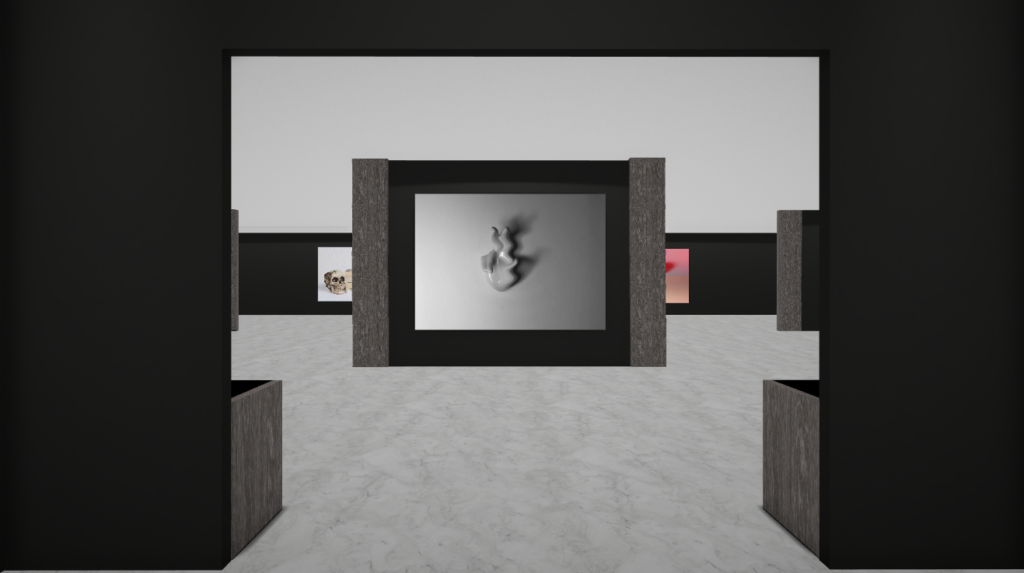


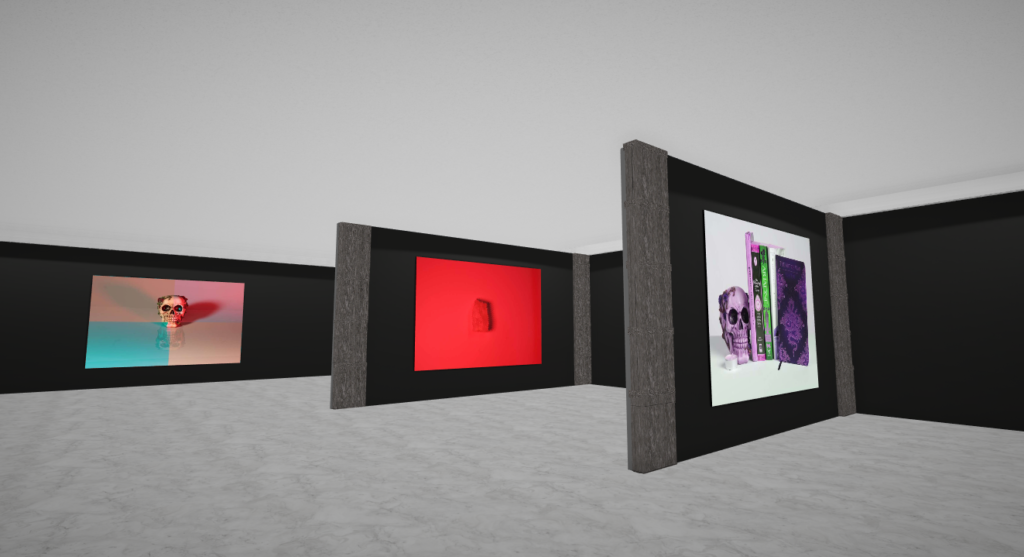
Link to gallery: https://www.artsteps.com/view/63623519ddd4806749e13922




Link to gallery: https://www.artsteps.com/view/63623519ddd4806749e13922
Studio lighting is an essential addition to most photographers’ arsenal. It allows us to create natural lighting effects in a variety of situations, and is far more controllable than a flashgun. And, with so many options available nowadays, it doesn’t have to be confined to a studio.

Continuous lighting in photography occurs when you turn the studio lights on, they stay on – like a video light or a flashlight.
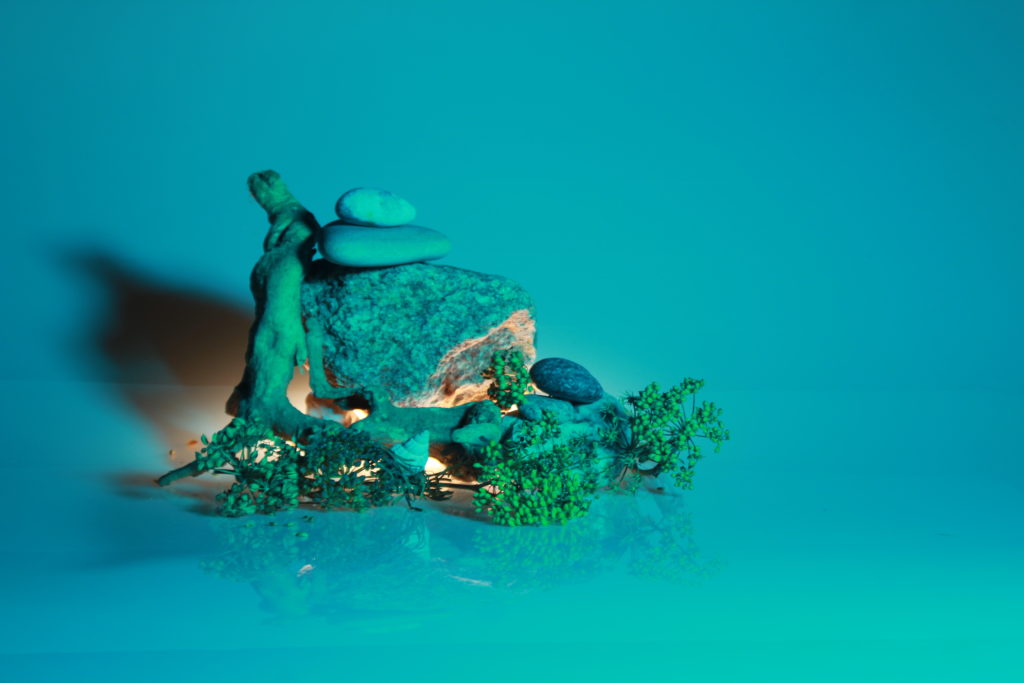
When you fire the shutter, the flash fires, quickly lighting up your subject and then turning itself off. Flash lighting can be a simple speedlight, like the one pictured above, or a more powerful strobe. Speedlights and strobes, like continuous lighting, can also be used behind modifiers, with no modifiers, etc.
This was my final still life edit I chose:
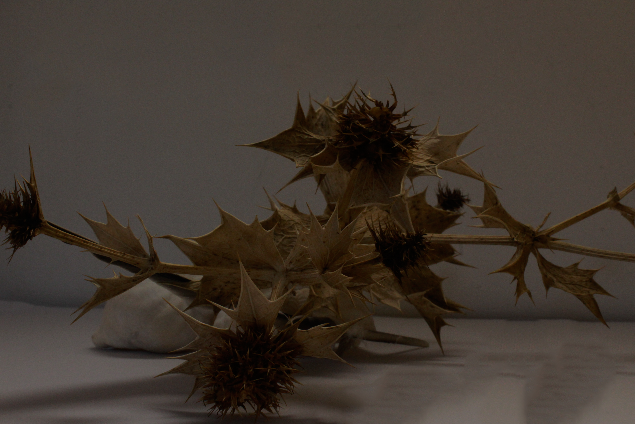
By using Lightroom I could edit the shadows to make them look darker and stand out more. I lowered the highlights and colours.

Here I also cropped the image and adjusted the size ready to upload to my blog.
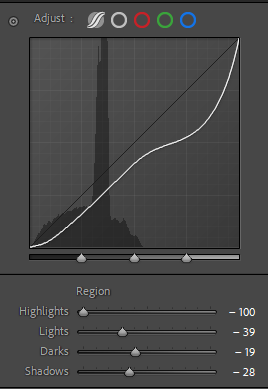
No highlights, to emphasise the dullness and more darks and shadows.
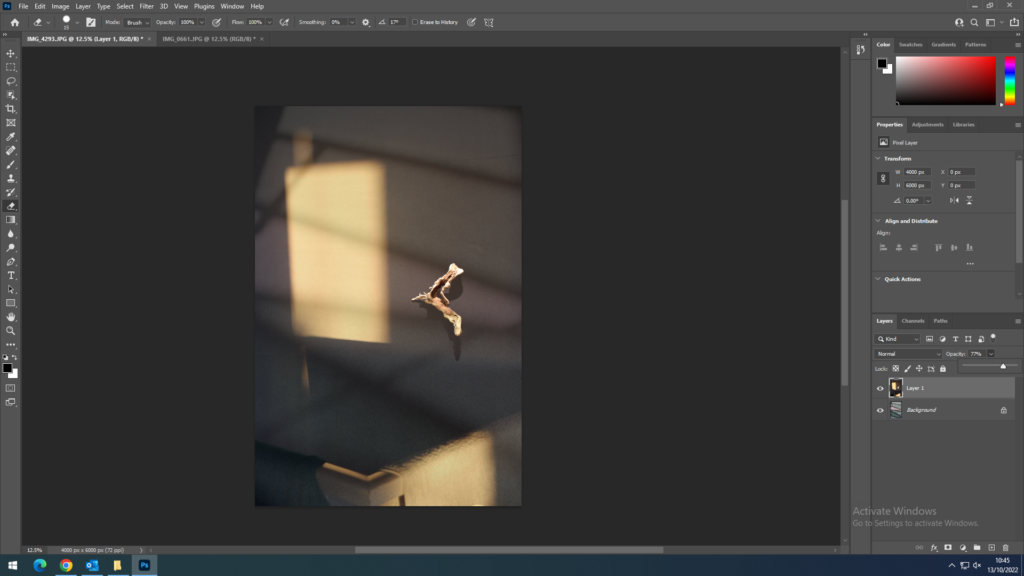


I like this because it does look as though it was a genuine double exposure mistake taken on a film camera, like this example. This is quite an interesting way to present images and I like its effect.


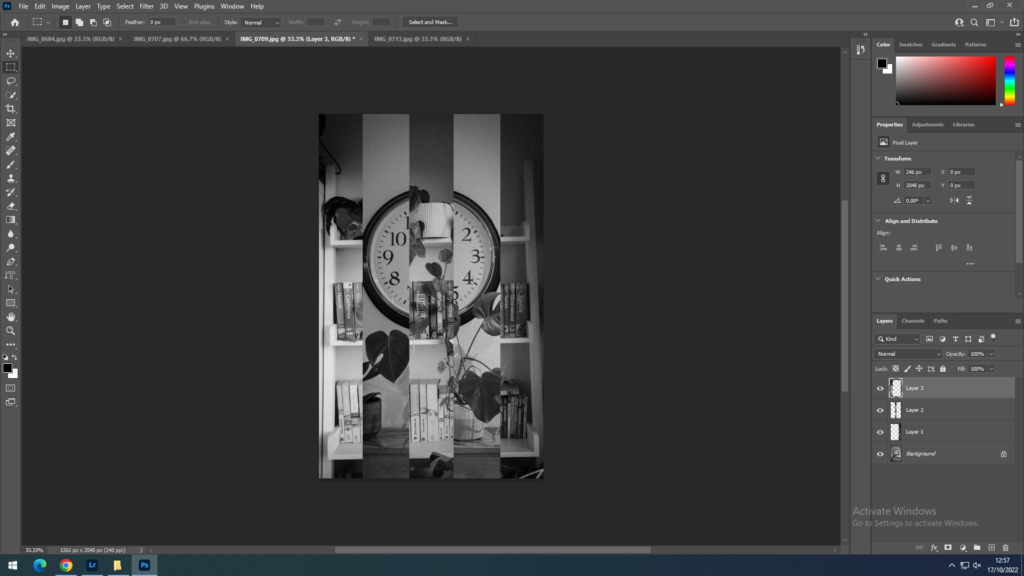
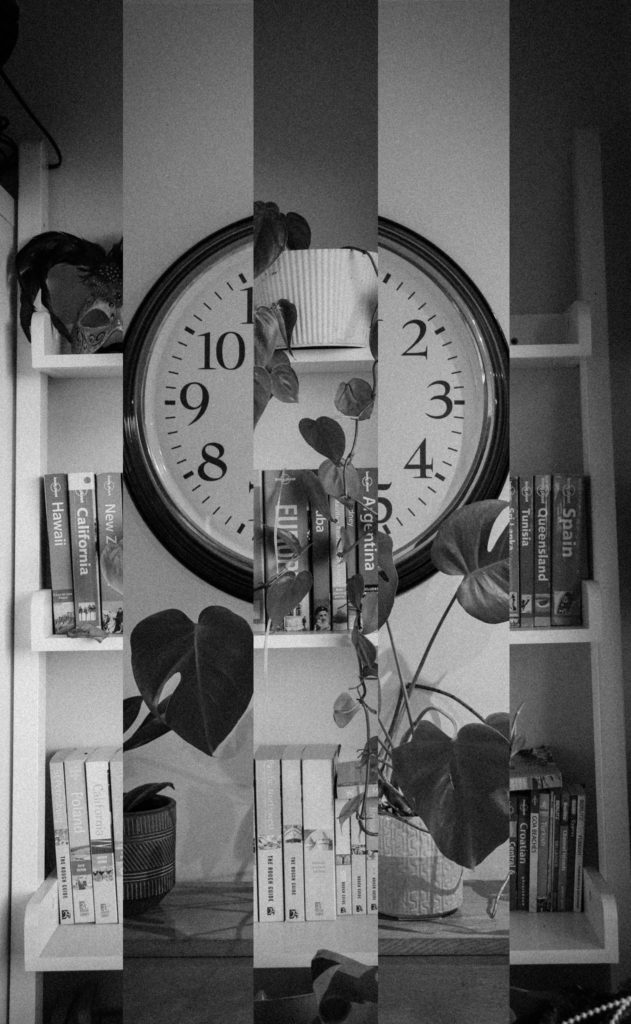

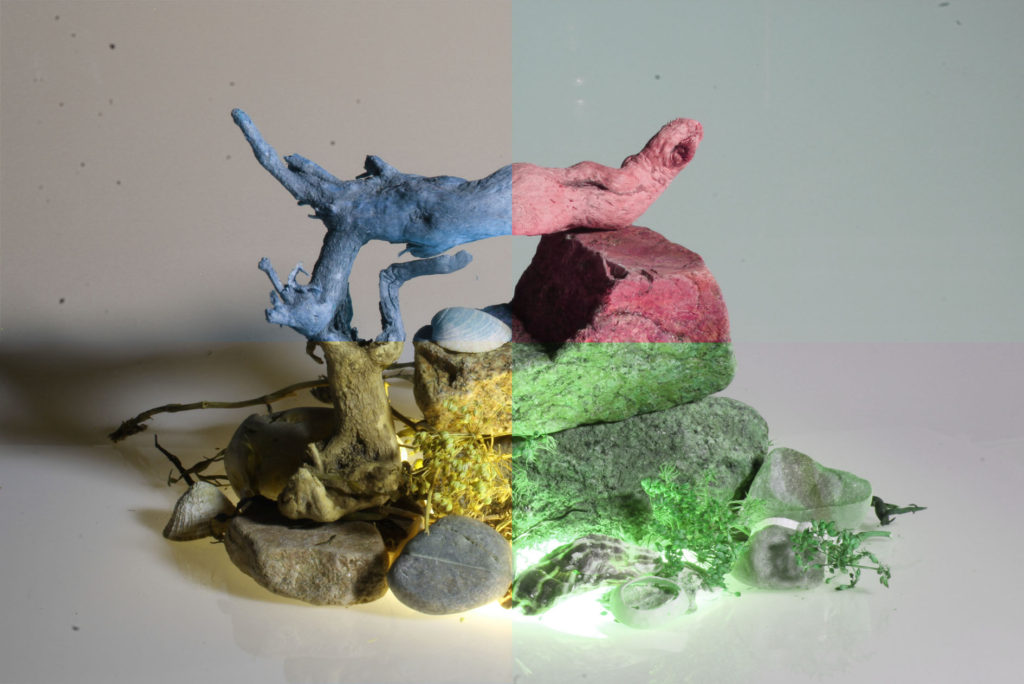
Walker Evans
What inspired Walker Evans and why was his photography different from the rest?
Walker was inspired by his ‘French cultural heroes’, Evans set out to document the authentic, ordinary, and transitory details that he now saw in his homeland. While Evans’s realism was clearly at odds with the aestheticized images of contemporaries like Alfred Stieglitz, he was quick to deny his role as a documentarian.
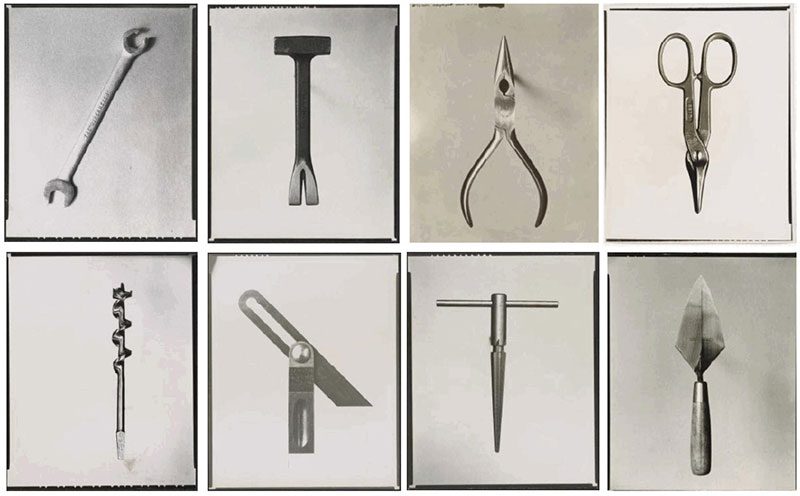
Walker has proven that the best photography isn’t always images such as views, nature and ‘beautiful things’ instead he has picked objects which people can almost relate to as they have seen or own it themselves. Using these everyday objects, he has managed to make them look interesting and meaningful, it shows the details and the way the tools have been made to help up build things ourselves. I think it’s a really interesting aspect/type of photography as it’s so simple but still interesting.
Object studio edits
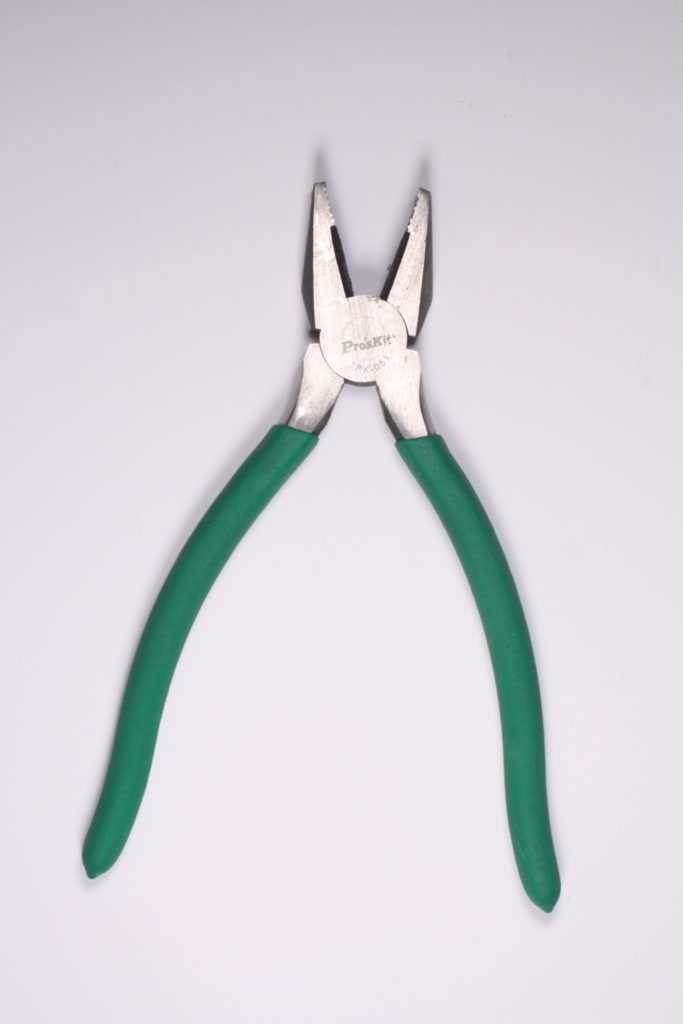
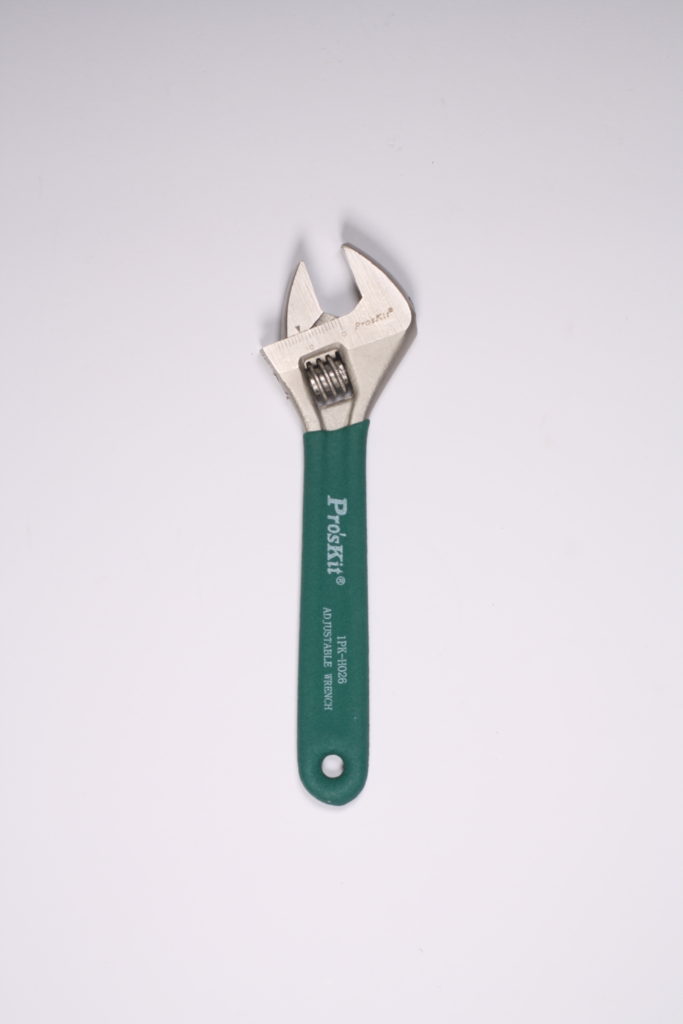
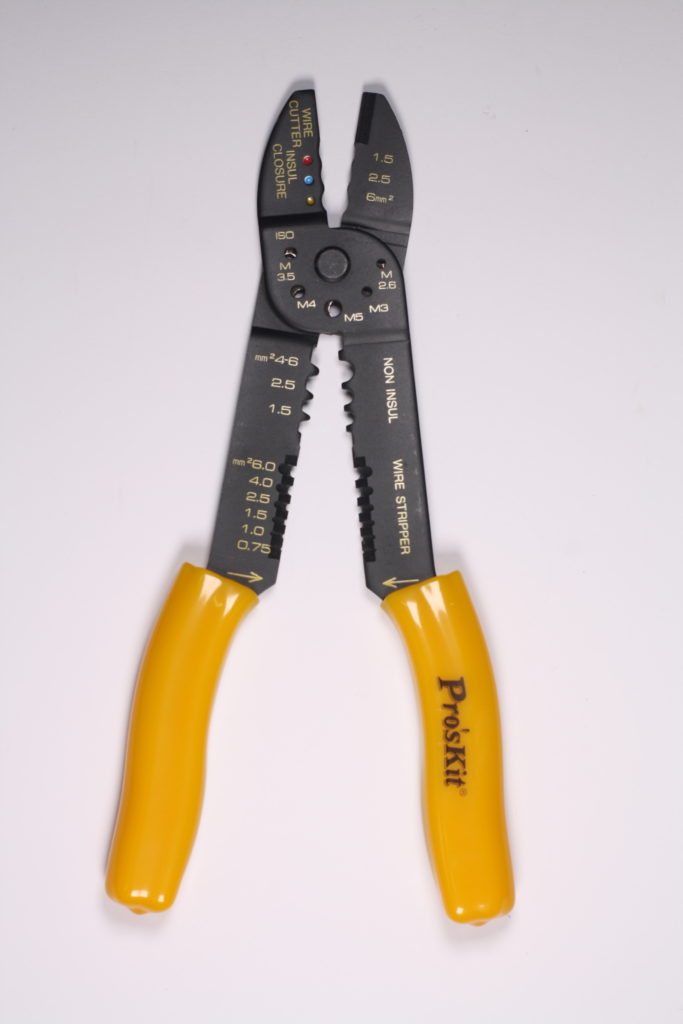
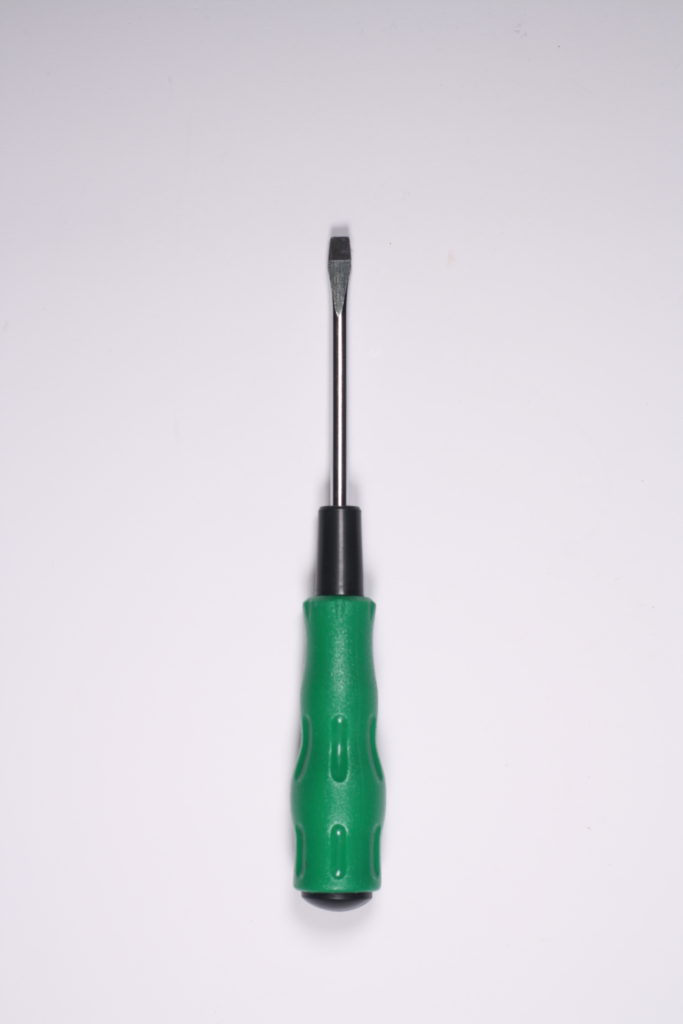
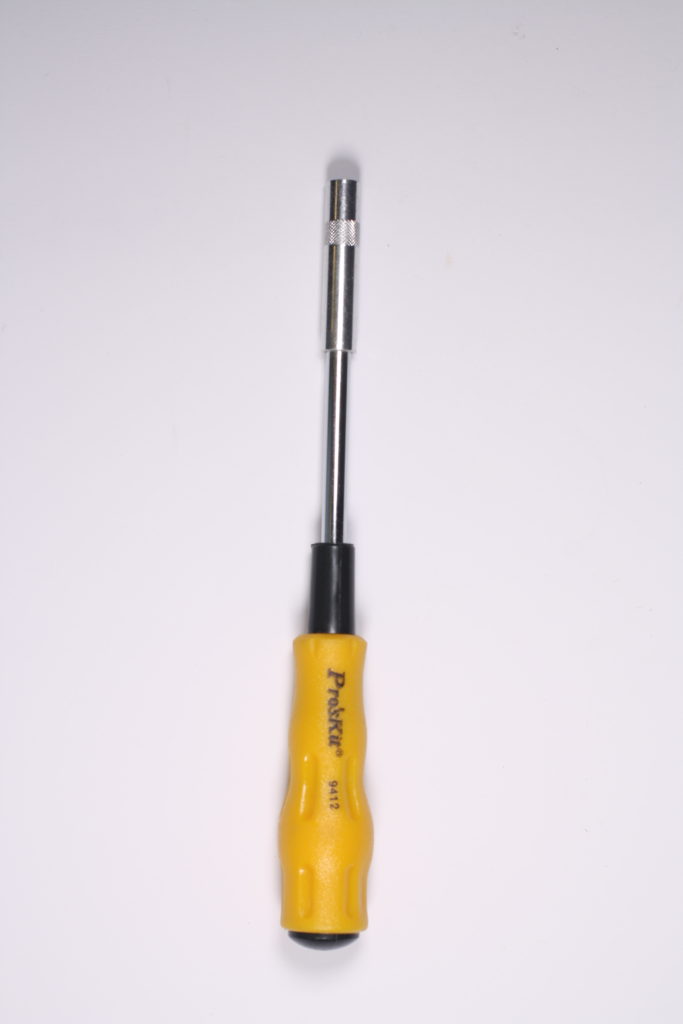
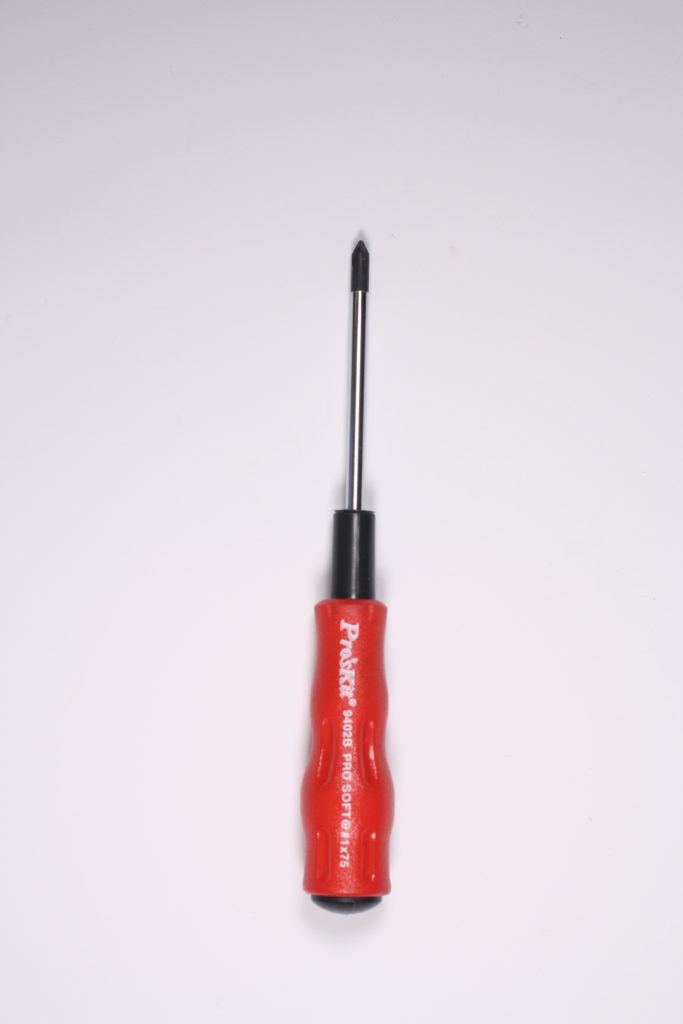
By editing the colour of these to black and white it would look similar to walker evans images. I was experimenting the camera position/view when taking taking this pictures from above.
A photomontage is a collage constructed from photographs.
Historically, the technique has been used to make political statements and gained popularity in the early 20th century (World War 1-World War 2)
Artists such as Raoul Haussman , Hannah Hoch, John Heartfield employed cut-n-paste techniques as a form of propaganda, as did Soviet artists like Aleksander Rodchenko and El Lissitsky
Photomontage has its roots in Dadaism, which is closely related to Surrrealism.
Dadaism was a movement with explicitly political overtones – a reaction to the senseless slaughter of the trenches of WWI.
some examples of photomontages:
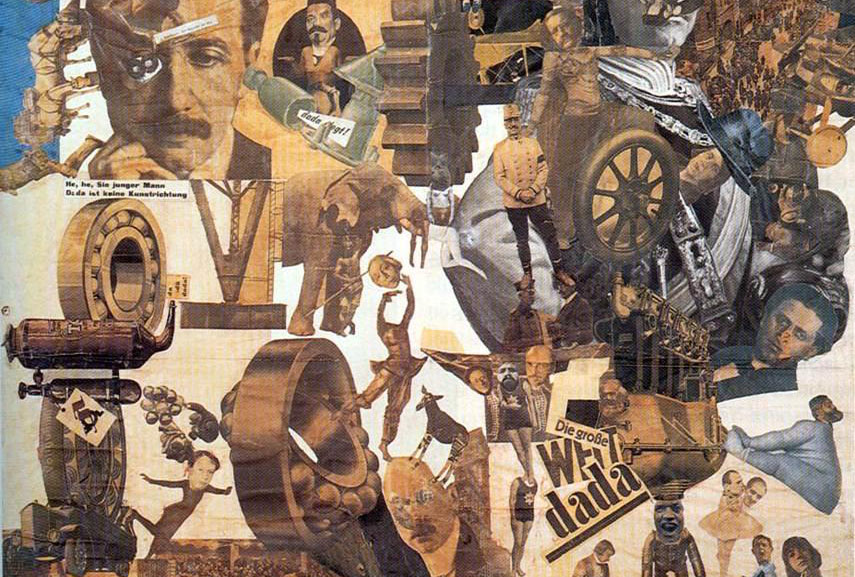



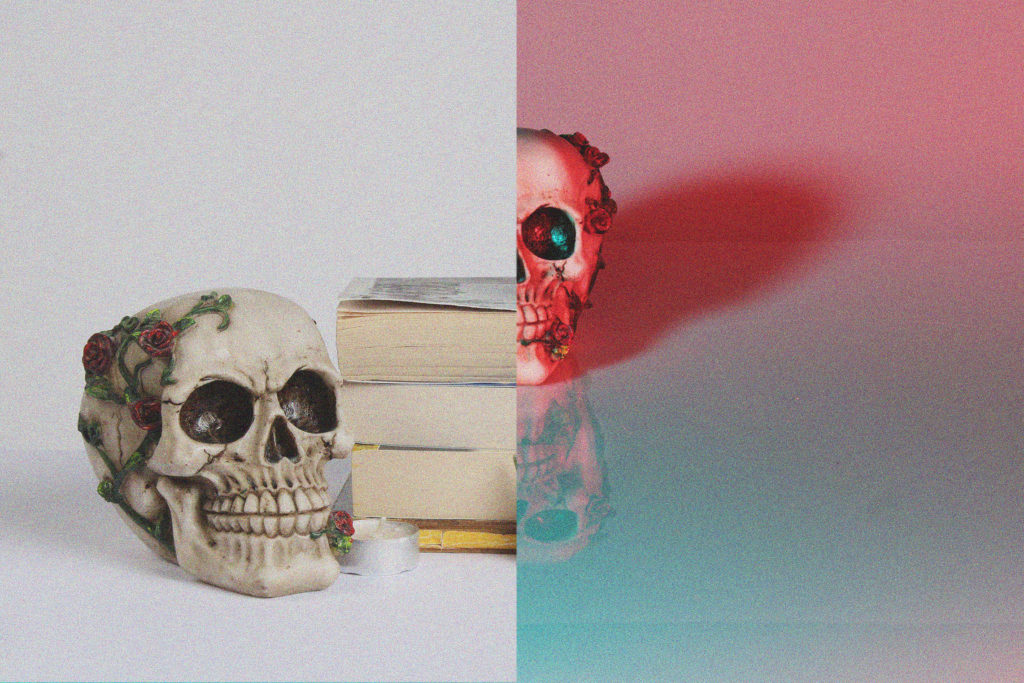


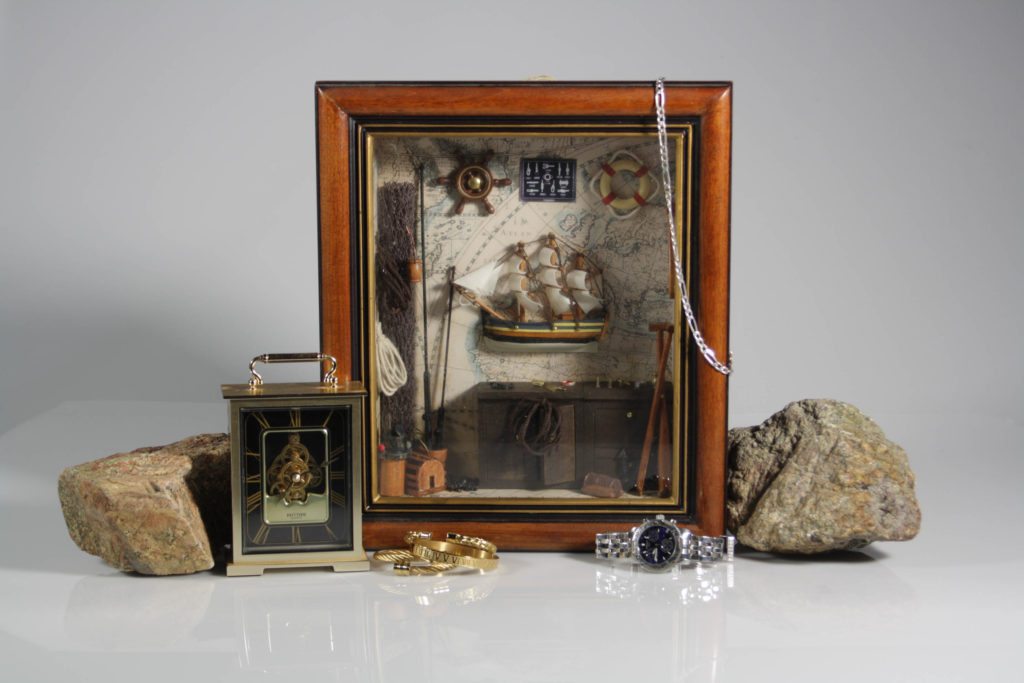
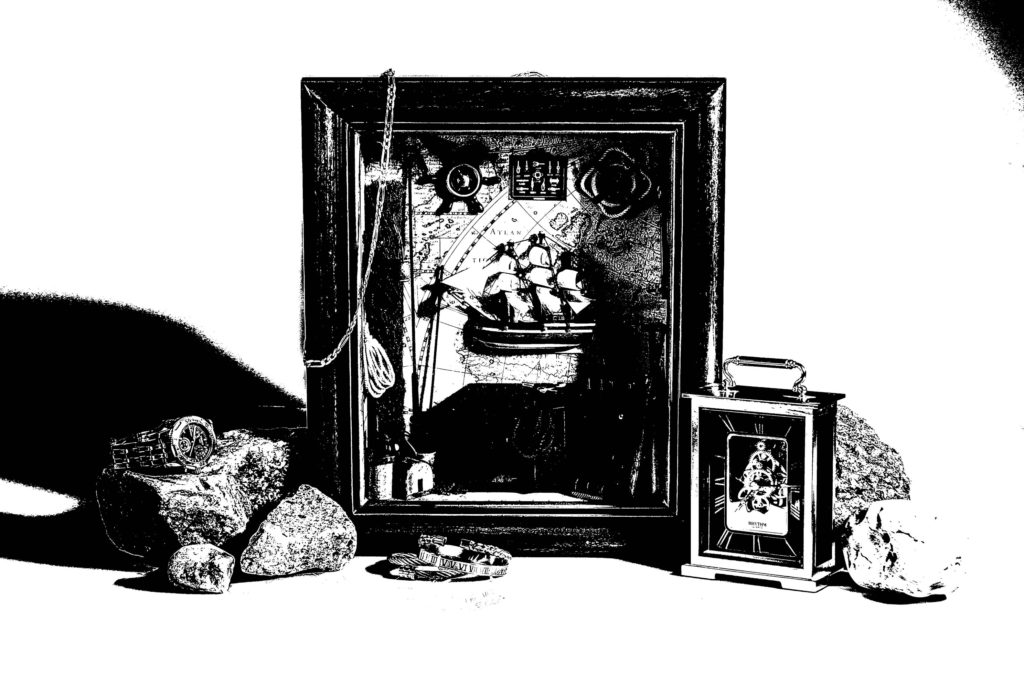

these are the final images they have been edited and its shows a colourless photo a coloured photo and a the original photo. also there is another photo
for photography at the start of the course I wasn’t here join a bit late however I believe I caught up, I have learned about how shutter speed works and how it make a difference between a good photo and a bad photo, I have also learn about aperture and how it effects how much light is let into the camera. I have also learned how to edit on Lightroom classic and photoshop which I have never used before. I have also learned physical photography by learning how to frame pictures and put them on foam board. over all I believe that I have gotten better at photography but I can improve.
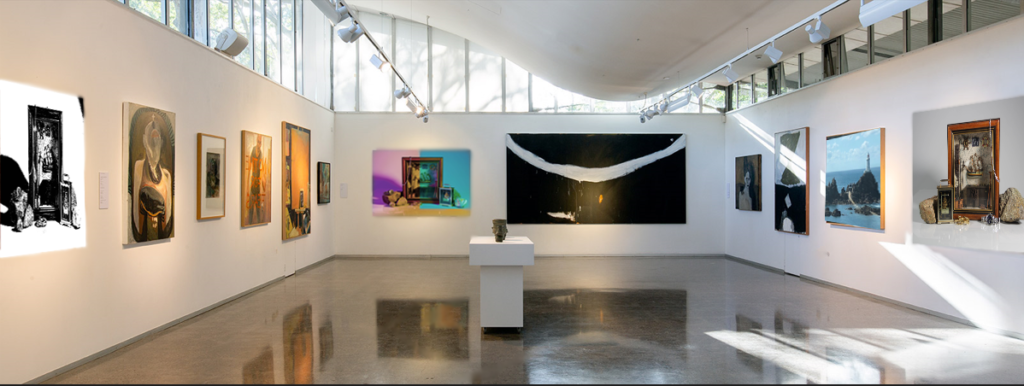
I made a separate blog post about the picture above this but I edited a photo of a photo gallery and put some of my photos in it.
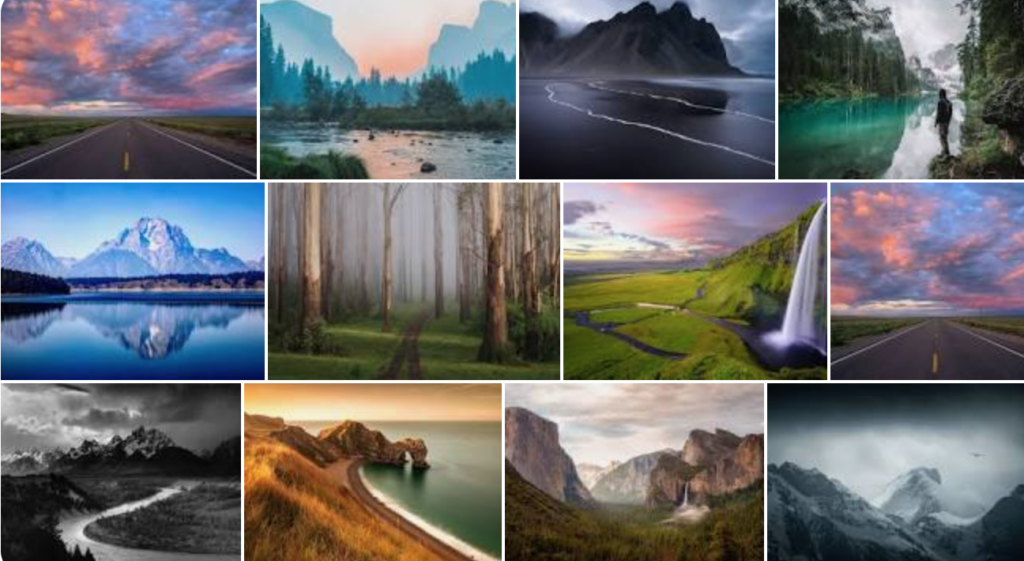
When talking about landscape it is typically talked about as an image wider than it is tall that is shot horizontal, they tend to contain aspects of nature and natural land.
There are three typical types of landscape photography mountain, flat and costal landscape, it commonly involves daylight photography.
Landscape photography shows the spaces within the world, sometimes vast and unending, but other times microscopic. Landscape photographs typically capture the presence of nature but can also focus on man-made features or disturbances of landscapes.
The earliest known evidence of a landscape photograph was taken between the years of 1826 and 1827. It was an urban landscape photo taken by a French inventor by the name of Nicephore Niepce.
Formalism specifies the critical position that the most main aspect of a art object is its form – the way it is fashioned and its purely ocular aspects – alternatively its narrative content or its friendship to the visible experience.
The visual language shown on a fine arts work implies a pictorial ideas media in telling a lie or a particular event.
